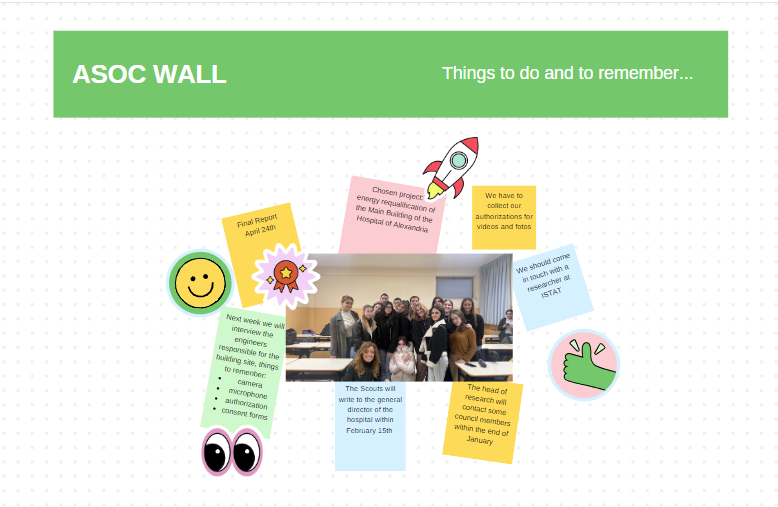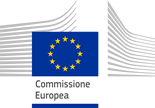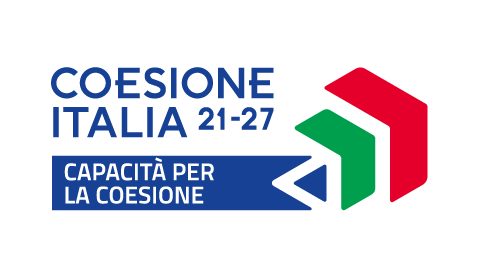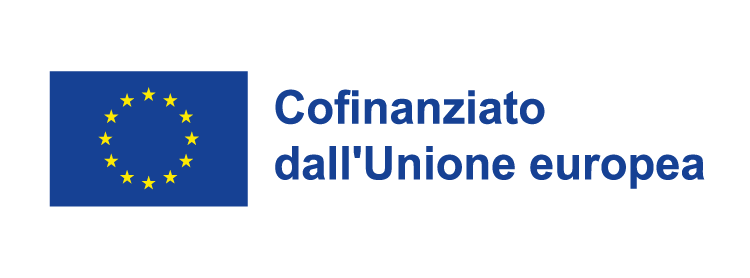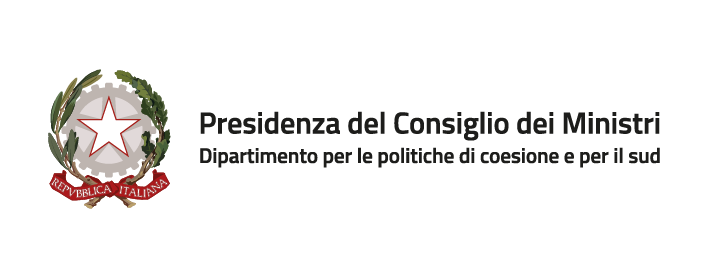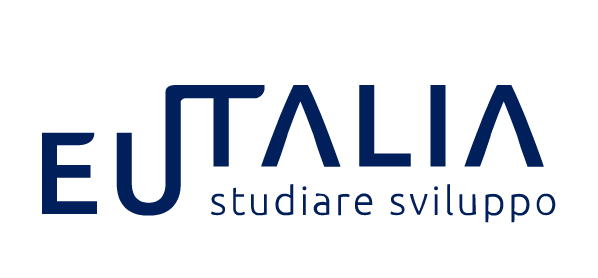The very interesting journey we have undertaken with this project has not been all sunshine and rainbows, since there have been ups and downs, problems and solutions, effort but also fun. Yes, because although it was a completely new project in our eyes, which we had never heard of and which we therefore had to face with difficulty, it had unexpected implications, which none of us, including the teachers, had foreseen.
Initially we found it a little complicated because we didn't know exactly how to proceed, but we took it as a personal challenge and worked hard to improve our performance and overcome the obstacles we encountered. The initial difficulty however, contrary to what one might think, was not the demands of the project, but it was us, the class. We think this is the greatest advantage of the project: the union that we have created. We started by being divided into small groups, couples, and arrived at this point united in a single group that includes everyone and excludes no one. This doesn't take away the fact that we also struggled as a group, because the project was totally new to us, but we didn't stop.
at the beginning of our journey we met one afternoon to present the project, decide on the various roles and choose the main theme, which in the end turned out to be the energy requalification of the monobloc building of the civil hospital of Alexandria. It was not easy to choose the theme, there were many other interesting topics that we discussed such as transport or even road safety, but after dividing ourselves into a group and each presenting a different theme we had to choose and the winner was the Alessandria hospital itself. Furthermore we also created an avatar to represent our group.
We watched numerous explaining videos and looked for in-depth information on the project to have a better idea of how to proceed.
After compiling the first report we had the opportunity of receiving in our school a researcher at ISTAT, Dr. Cavorsi, who opened up a world to us that we never thought we would see, very useful sites that allowed us to access important information for the project that we would never have been able to find on our own.
The first two reports were complicated but not impossible since we had the possibility to obtain external help from professionals regarding the topic.
The most complicated part was undoubtedly that of Report 3, because we had to fill out a questionnaire with numerous questions requesting detailed information that we did not have and which we therefore had to obtain through interviews and online searches on numerous sites. Furthermore, the interview was difficult to organize between meetings, permits and days off, but there were so many questions that in the end we didn't stop and found a way to get the long-awaited answers.
While the most important part of our project was undoubtedly the visit to the Alessandria hospital where we interviewed engineer Roberta Bellini and engineer Gabriele Cauli. We asked questions and we were very excited, also because it was something we had never done before, especially to such important figures in the hospital, but in the end it turned out to be a very beautiful and interesting experience.
Finally, the last part was perhaps the one we liked the most, because it allowed us to think back to all the moments spent together working on this project, all the laughter but also the effort we put in, but which in the end it paid off and we would repeat it again if we could.
We really enjoyed working on this project because we believe it is a completely different way of doing PCTO compared to other proposals, a way that really leaves something to the people who carry it out. This experience has made us more aware and active citizens, infact we will go on monitoring the project: construction work on the new hospital will begin in a few months and it is important that the old hospital building does not remain an empty property in the center of the city in the future.
